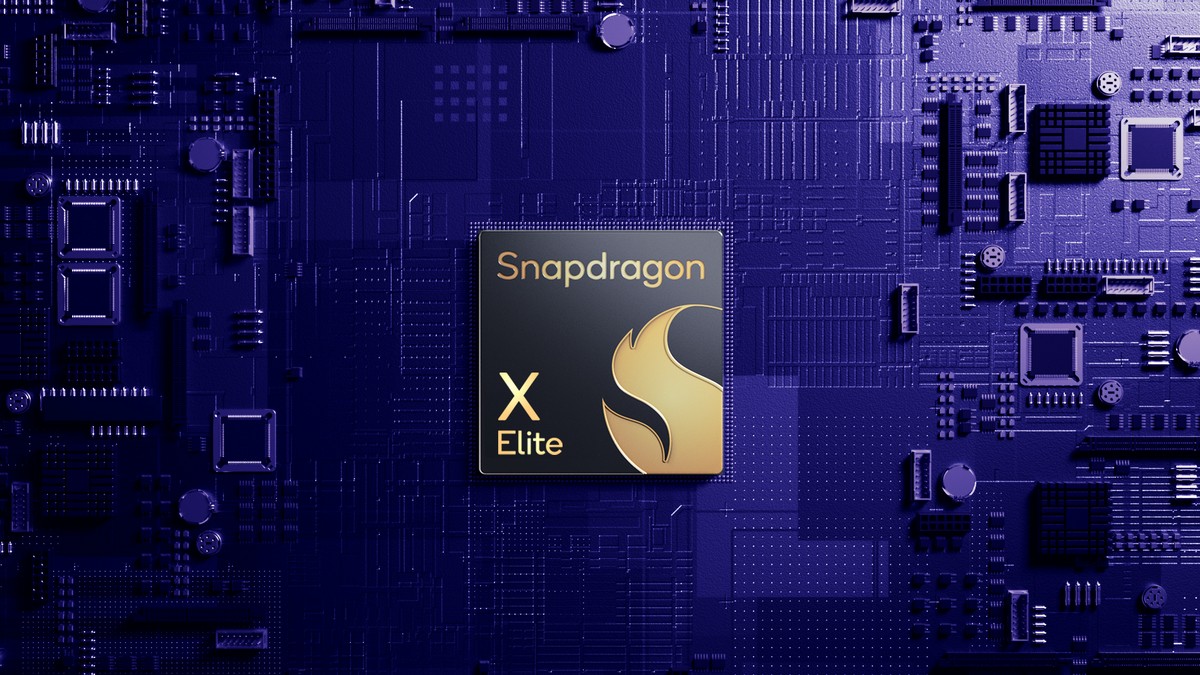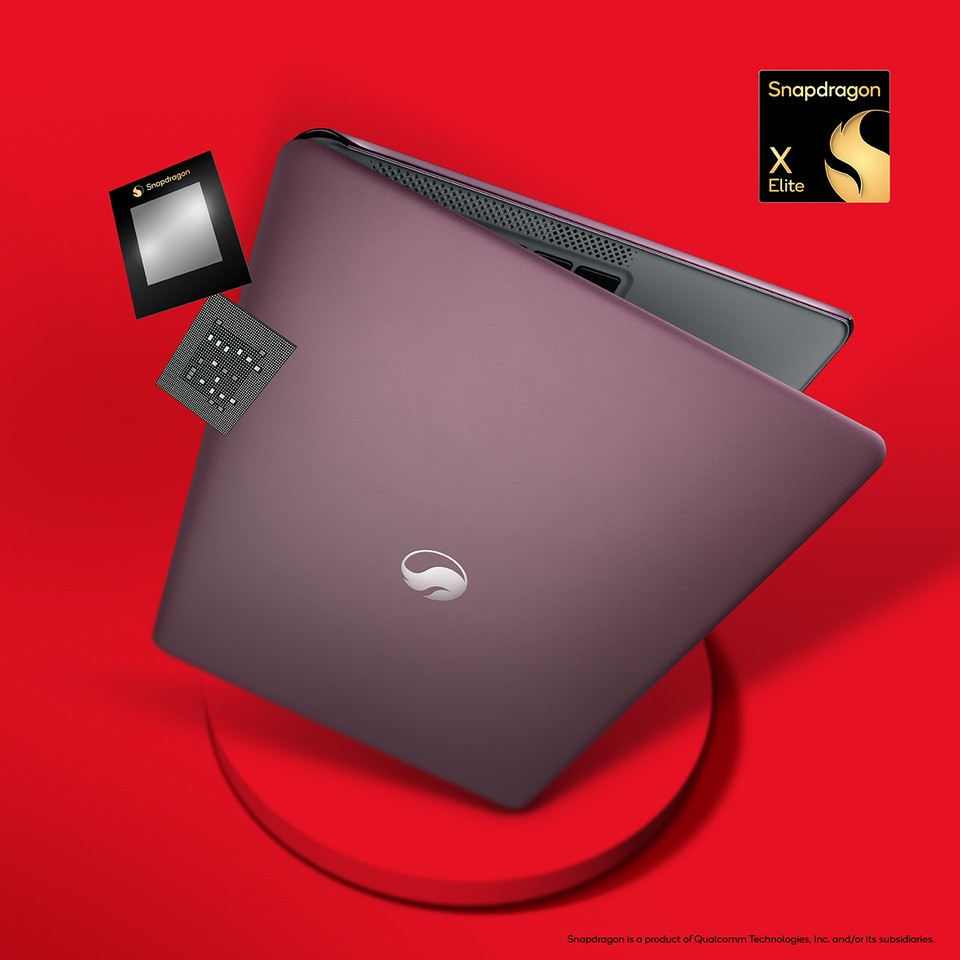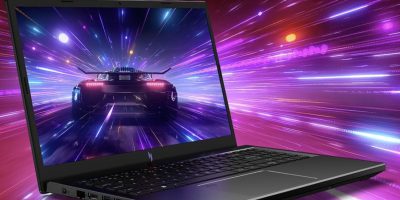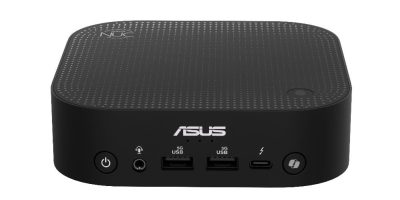Unlike what Apple’s propaganda machine wants you to believe, Apple isn’t always the first when it comes to introducing new tech. The company has their fair share of industry innovations, we’ll give them that, but what they’re better at doing is taking existing tech, refining it, and making it work for them.
This is why despite Apple Silicon being viewed as a huge shift in the computer industry, they weren’t the first to try and approach the idea of building computers using ARM-based chipsets. In fact, prior to Apple making the move, companies like Qualcomm were already trying their hand at it.

Unfortunately for Qualcomm, some of their earlier efforts weren’t particularly impressive enough to move the needle, but recently at the Snapdragon Summit, the company introduced the Snapdragon X Elite that seems to show a lot of promise, but even then, we reckon that Qualcomm has a very tough road ahead of them.
Apple’s walled garden advantage

One of the advantages that Apple has over Qualcomm is that they control pretty much everything. This includes the hardware and software. Apple essentially dictates what goes into their computers, like the type of RAM used, the speed of RAM, the display, the batteries, the processors, and GPUs.
While this walled garden approach has been sometimes viewed as a negative, in this aspect it’s a good thing because by controlling what kind of components are used in their Mac computers, Apple can much easier optimize their hardware and ensure that everything works together effortlessly and plays nicely with macOS.
In the PC world, Qualcomm’s chipset may control part of the overall system, but they would also need to rely on Microsoft to ensure that Windows is optimized for the Snapdragon X Elite. Think of it like doing a group project where one person might do their job properly, but the other members are slacking off.
This is entirely out of Qualcomm’s hands and if Microsoft doesn’t do a good enough job with optimization and efficiently translating apps written for x86 into ARM, then all the performance gains and features that the Snapdragon X Elite holds would be moot. We’ve all seen the hot mess that was Windows RT, so hopefully Microsoft has taken away some valuable lessons from that, but the point is that having to rely on others does make things a little more complicated.
Competing not just against Apple, but Intel and AMD

Since Apple controls everything in its ecosystem, if they want to make the switch to their own custom chipsets, they can because there’s really no other option. Apple used to keep a few older Intel-powered Macs in their store, but it looks like they have since gotten rid of all of them.
Qualcomm doesn’t have the same luxury that Apple does. This means that Qualcomm has much fiercer competition. In fact, we would say that Qualcomm’s main competition is not Apple, but other chip makers such as Intel and AMD who basically have a duopoly in the PC market right now.
If someone buying a Windows laptop isn’t too keen on using the Snapdragon X Elite, they have hundreds of other options that use Intel or AMD. Plus, they wouldn’t have to worry about apps being compatible with the Snapdragon X Elite.
The Snapdragon X Elite would need to be compelling enough, either in terms of performance, battery life, or price, for customers to forgo a more familiar Intel or AMD-powered PC in favor of Qualcomm’s solution. Since the first Snapdragon X Elite PCs are only expected in the middle of next year, we won’t know what to expect for a while.
The silver lining

While the road ahead looks tough for Qualcomm, we think that the Snapdragon X Elite has a lot of potential.
One of the advantages we saw in Apple’s M-series powered MacBook laptops was the insane battery life that they offered. This is one of the advantages of ARM-based chipsets, and we expect that battery life will be one of the selling points of owning a Snapdragon X Elite laptop.
Another advantage would be thermals, where the use of the Snapdragon X Elite could result in laptops that are thinner and more portable than ever, but also be able to run cool enough where we don’t need to make space for additional fans that create unnecessary noise, especially if you’re working in a quiet environment.
Another long-term positive outlook is that for the Snapdragon X Elite, it will be using Qualcomm’s own Oryon CPU cores. Prior to this, Qualcomm’s Snapdragon chipsets (and chipsets made by MediaTek) licensed the CPU cores from ARM albeit with some custom modifications.
The Oryon core is one that has been designed by Qualcomm from the ground up. It still licenses the architectural instruction set from Qualcomm, but otherwise it is essentially developed completely by Qualcomm. This gives Qualcomm greater control over the developmental speed of its chipset and also what they want it to do.
If they can work closely with Microsoft and PC makers, they can create some truly impressive Windows laptops that could give consumers a good enough reason to ditch Intel and AMD powered laptops.
Last but not least, let’s not forget that Qualcomm also announced Snapdragon Seamless during the event, which is how they plan to connect all Snapdragon powered devices together to create one massive ecosystem, a feature that could encourage users to adopt Snapdragon X Elite PCs especially if they own a bunch of other Snapdragon-powered devices like phones, tablets, smartwatches, earbuds, and the likes.
The takeaway
Since PCs using Qualcomm’s Snapdragon X Elite chipsets aren’t expected until next year, it’s hard to tell what kind of PCs we can look forward to. Also, to be fair to Qualcomm, the Snapdragon X Elite is the first-generation in its series so maybe we shouldn’t expect too much.
But there is a lot riding on the launch if Qualcomm is hoping to make a great first impression like Apple did when the first M1-powered Macs were announced. We definitely can’t wait to get our hands on one of these Snapdragon X Elite PCs and take it for a spin ourselves.












Comments